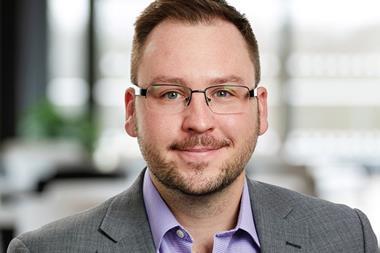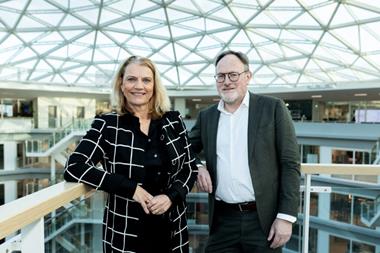NETHERLANDS – The average coverage ratio of Dutch pension funds has stabilised at 107% in April and possibly even risen to 108%, according to estimates by Aon Hewitt.
Compared with the end of February, the average coverage ratio – boosted by the effect of recent rights cuts, which increased funding by 4 percentage points to 107% on 1 April – rose by approximately 1%.
The consultancy calculated the ratio based on the ultimate forward rate (UFR) and the three-month average of the forward curve, as prescribed by regulator De Nederlandsche Bank (DNB).
According to Aon Hewitt, the swap rates decreased slightly over the period, leading to a 1.5% increase of liabilities.
However, this increase was offset by growth in pension assets, on the back of strong returns on fixed income and Asian equity.
For its calculation of the average funding, Aon Hewitt assumed a strategic asset mix of 30% equity, 50% fixed income, a non-hedged currency risk and a 50% hedge of its interest risk.
It also took into account a duration of 16 years.
Mercer, employing different criteria, estimated that the average funding increased by 1.4 percentage points to 108% over the same period.
Monitoring team leader Edward Krijgsman said: "Despite a slight decrease of market rates, the accounting rate for liabilities has actually risen, following the three-month average of the market rates."
Mercer based its calculations on an investment mix of 30% equity, 53% fixed income and the remaining 17% invested in hedge funds, private equity, commodities and property.
The pensions adviser further assumed a duration of 17 years, a 50% currency hedge and a 45% hedge of the interest risk.












No comments yet